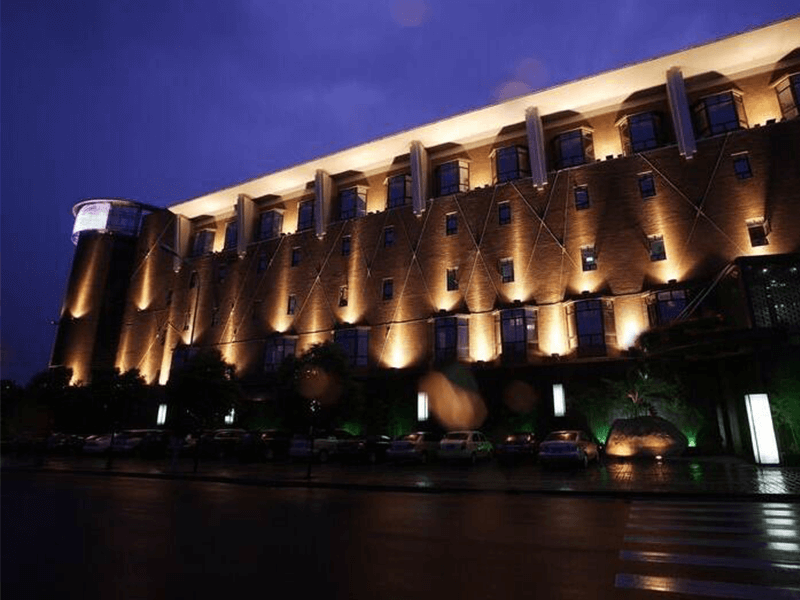LED Wall Washers come in various types, each designed to suit specific lighting requirements and applications. Some of the common types of LED Wall Washers include:
1. Linear LED Wall Washers: These LED Wall Washers feature a linear design, often as a bar or strip. They are ideal for illuminating long stretches of walls or architectural features, providing a uniform wash of light along the surface.
2. Panel LED Wall Washers: Panel-type LED Wall Washers consist of multiple LED modules arranged in a panel format. They are suitable for evenly lighting large vertical surfaces, such as tall buildings, expansive facades, or artistic installations.
3. RGB LED Wall Washers: RGB (Red, Green, Blue) LED Wall Washers can produce a broad spectrum of colors by independently controlling the intensity of each color channel. They are commonly used for dynamic displays, creative lighting effects, and color-changing scenarios.
4. White LED Wall Washers: White LED Wall Washers are available in a wide range of color temperatures, from warm white (approximately 2700K) to cool white (up to 6500K). They are preferred for general architectural lighting, accentuating building features, or creating different lighting atmospheres.
5. Monochrome LED Wall Washers: Monochrome LED Wall Washers are single-color fixtures available in colors like red, green, blue, or amber. They often highlight specific architectural elements or provide subtle lighting effects.
6. Wash and Wall Graze LED Wall Washers: Wash and Wall Graze LED Wall Washers are specialized types designed to create specific lighting effects. Wash fixtures deliver a comprehensive, soft light beam, while Wall Graze fixtures produce a narrow, intense light beam, emphasizing textures and surfaces.
7. Narrow Beam LED Wall Washers: These fixtures produce a concentrated beam of light with a narrow spread, suitable for highlighting narrow architectural details or creating accent lighting.
8. Wide Angle LED Wall Washers: Wide Angle LED Wall Washers provide a broader light spread, covering larger surface areas and creating a more extensive wash effect.
9. Outdoor LED Wall Washers: Engineered to endure diverse weather conditions, these LED Wall Washers are well-suited for illuminating building exteriors, landscapes, and various outdoor architectural features.
10. Indoor LED Wall Washers: Indoor LED Wall Washers are designed for indoor applications, including accent lighting, wall washing, and decorative lighting in commercial, residential, and hospitality spaces.
The choice of LED Wall Washer type depends on the specific lighting needs, the architectural features to be highlighted, and the desired lighting effects. Each type offers unique advantages and versatility, making LED Wall Washers a valuable tool for architects, lighting designers, and property owners seeking to enhance the visual appeal of their spaces.
